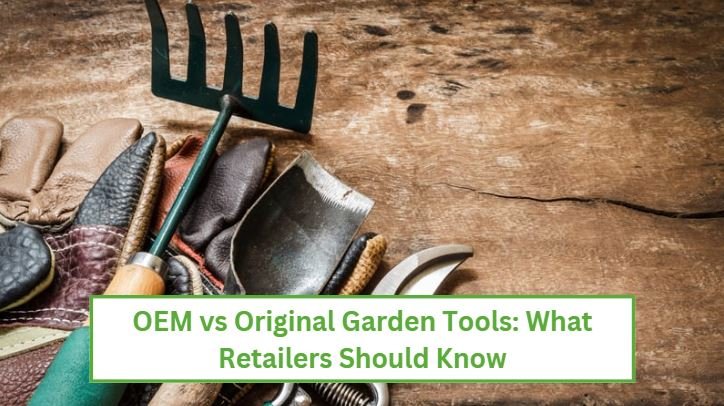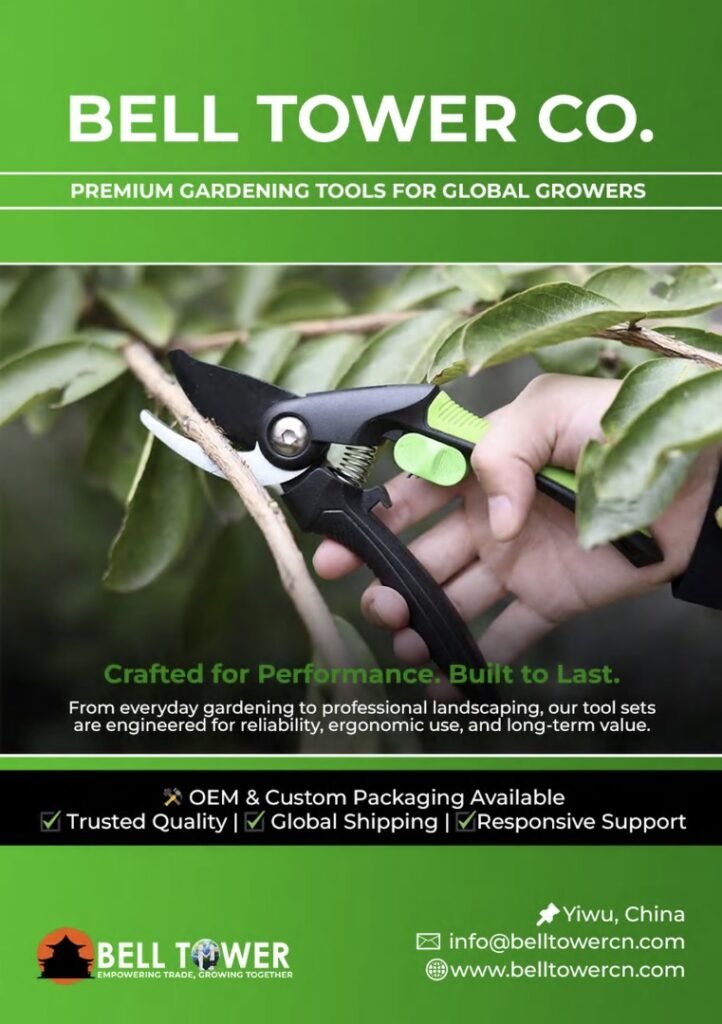Growing your own flowers, fruit, and vegetables is super fun and rewarding. But before you get your hands dirty, you need the right tools.
Gardening is all about having the right team under your shed. But what basic gardening tools do you need?
Thankfully, you don’t need a giant shed stuffed full of fancy gadgets. Starting from the basics saves you money, space, and keeps everything manageable.
Let’s explore the basic gardening tools you need for a healthy and beautiful garden.
Digging Tools
These tools do all the tough work, helping you prepare the soil, dig holes, and mix compost. Here’s the breakdown:
Garden Trowel
This is basically a small yet super-strong hand shovel. You can use it for:
- Scooping compost or fertilizer
- Mixing soil in pots
- Digging small holes
- Plant small flowers, plants, and veggies
While buying a garden trowel, look for a handle that fits your hands well. It should also have a sturdy metal frame (Stainless steel works great).
Digging Shovel
When your trowel isn’t big enough, a digging shovel can come in handy. Here’s how it helps:
- Digging big holes for large plants or trees
- Moving piles of compost or soil
- Turning over garden beds
When you’re buying this tool, look for a sturdy handle and a pointed tip (For slicing into the soil).
Garden Fork
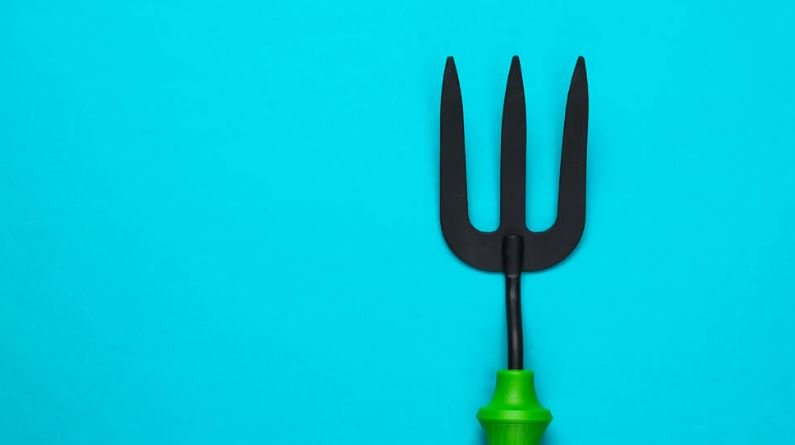
This looks like a pitchfork, but has shorter, thicker, and stronger tines (Pointy metal parts). Here’s what you’ll do with a garden fork:
- Breaking up hard soil
- Turning over and mixing the soil
- Loosening soil without chopping roots
A comfortable handle and sturdy steel tines are the features you should look for in a garden fork. It should also be light enough for you to easily lift and twist.
You may Also Like: Carbon Steel Vs. Stainless Steel Gardening Tools
Cutting Tools
Your garden plants need regular trimming and cutting for healthy growth and great looks. Once your garden is set up, these are the tools you’ll be using more frequently for maintaining it.
Pruners
Pruners help you trim unwanted stems, bushes, and dead wood. They’re especially designed to make cutting easier on your hands.
However, not all types of pruners are suitable for every garden. You need to select the type that your plants need.
Here’s a breakdown:
Bypass Pruners: These work like kitchen scissors with two blades that slice across each other. The best use cases of bypass pruners are delicate flowers and plants. You can’t use them to cut dead or dry wood or do any tough gardening tasks.
Anvil Pruners: These have an anvil (A wooden base) and a metallic blade. The anvil stays still while the blade cuts.
Anvil pruners are great for cutting dry and dead wood as they tend to be more powerful.
Ratchet Pruners: These have a special cutting mechanism that allows gardeners to make multiple cuts, distributing the required force across each cut.
They’re ideal for tougher material and people with limited hand grip and strength.
Of course, if you have all kinds of plants in your garden, you may need all of these pruners under your shed. But if you’re starting out, keep things simple and go with the ones you need immediately.
Loppers
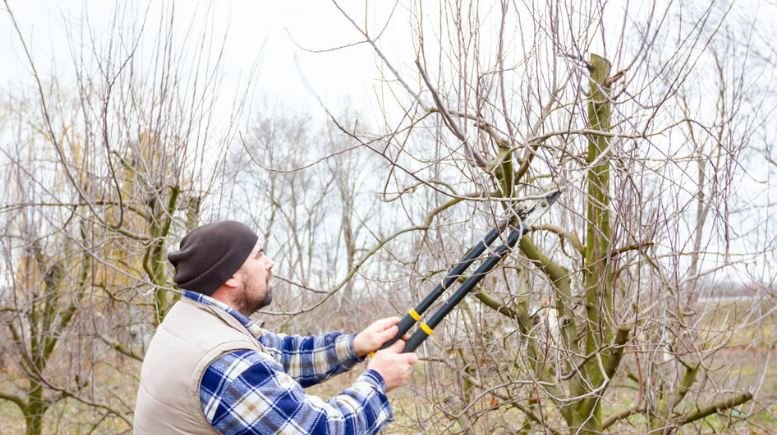
These are like pruners on steroids, with extra-long handles and blades to help you prune far-reaching and thick parts of plants.
You can use loppers for cutting thick branches that your hand pruners can’t handle. With a lopper at your side, you won’t have to use a ladder to trim high plants.
While buying loppers, you want to get the ones with long, comfortable handles as you’ll use force.
Read More: Are Electric Pruning Shears Worth It?
Watering Equipment
Plants need water to survive and thrive. Providing them with enough water in a timely manner is essential for their growth. Here are the tools you need for that:
Watering Can
You can use it for watering seedlings and specific plants in the garden. It can also be used for applying liquid fertilizer. For a gentle shower, look for a watering can with a sprinkler head. Plastic cans are lighter but less durable, while metal ones are durable but heavier.
Garden Hose
You need a hose to water all parts of your garden, especially if it’s large. It’s also handy for filling up watering cans (if it can’t reach the entire garden). While buying it, make sure to get the one with enough length to reach every part of your garden.
Cleaning and Maintenance
Garden Rake
This is a heavy-duty rake with short, stiff metal tines. You can use it to level your soil, spreading gravel evenly, raking out rocks, old roots, and debris from the soil. While buying it, look for a sturdy steel head and tines and a strong handle.
Garden Gloves
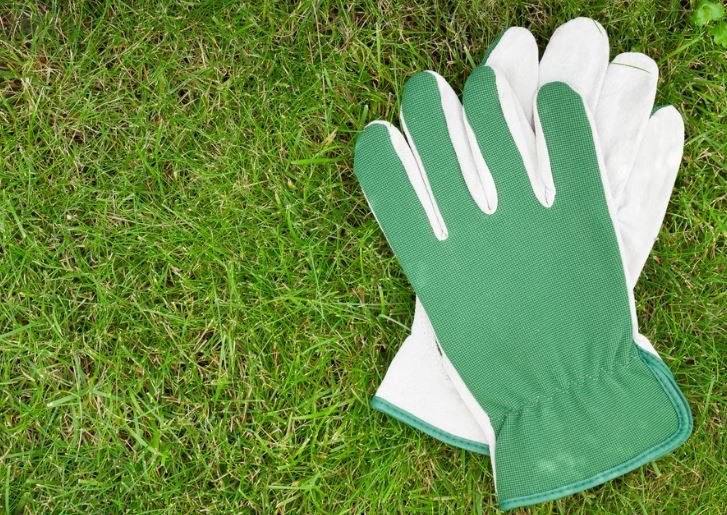
Gloves protect your hands from thorns, sharp plant edges, irritating plant sap, and more. They also provide a better grip while working on wet tools. While buying garden gloves, look for a good fit for your hands. They shouldn’t be too tight or too loose. Consider waterproof gloves for muddy and wet tasks.
Sharpening Stone
Your pruners need regular sharpening, especially if they’re made of stainless steel. A dull blade will make your job tougher and won’t make clean cuts, which aren’t good for plant health. So, keep a sharpening stone under your shed just in case.
Disinfecting
While not exactly a gardening tool, a disinfecting agent can help prevent the spread of diseases. A solution of rubbing alcohol is all you need to keep your pruners and other gardening tools free from pathogens and diseases.
Conclusion
Gardening is a rewarding activity. Whether you’re a pro or just starting out, you need the right type of tools to keep your plants, flowers, herbs, etc., healthy and looking great.
Start by understanding your gardening needs and goals. This will help you pick the right tools and get the most out of your investments.
A trowel, hand pruners, a digging shovel, a garden fork, a rake, and a watering can are a few basic ones you’d need in the beginning.
Keeping garden tools clean and infection-free is also crucial for their effectiveness and plant health. A rubbing alcohol solution is all you need for that.
Last but not least, keep a sharpening stone in your tool set to make sure your tools keep making clean and healthy cuts.
Read More: Uses of Hedge Shears

